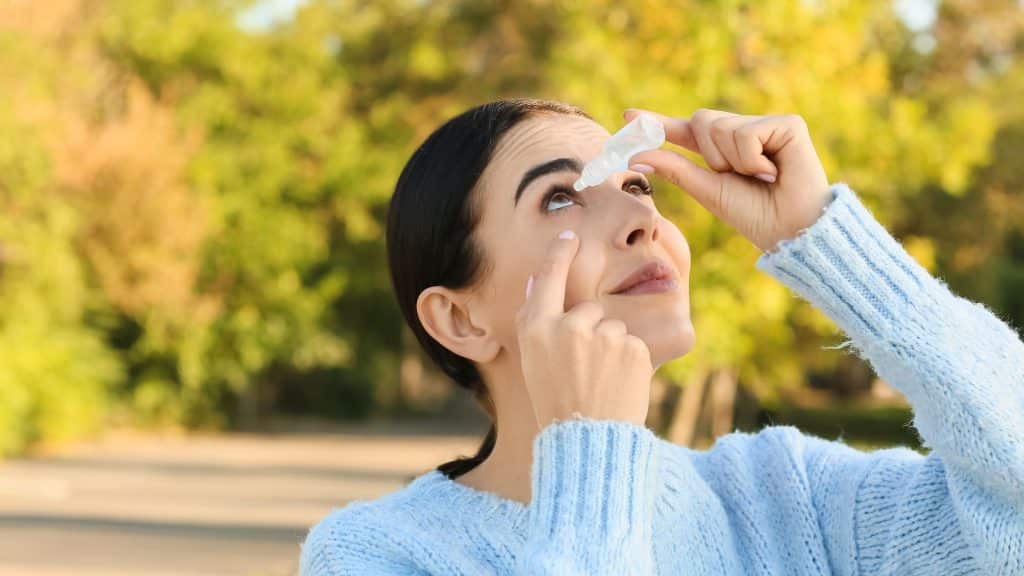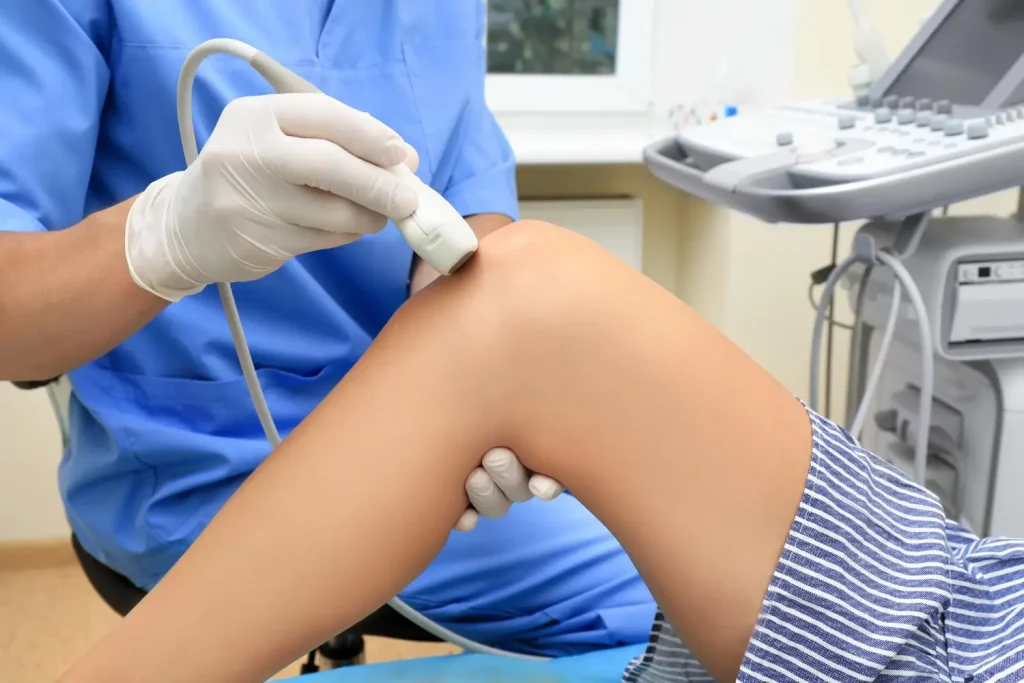A study found that bimatoprost 0.03% was clinically and statistically superior to timolol 0.5% in lowering intraocular pressure in patients with glaucoma or ocular hypertension. This highlights the effectiveness of bimatoprost in treating eye conditions, making it a popular choice among patients and healthcare providers.
Bimatoprost, marketed under brand names like Lumigan and Latisse, is primarily used to treat glaucoma and ocular hypertension. It is also known for promoting eyelash growth, making it a versatile product in the medical and cosmetic fields.
In this article, we will explore the warnings and precautions associated with bimatoprost use, ensuring you are well-informed about potential side effects and safety measures.
Key Takeaways
- Bimatoprost is clinically and statistically superior to timolol in lowering intraocular pressure in patients with glaucoma or ocular hypertension.
- Potential side effects of Bimatoprost include changes in eye color, darkening of the skin around the eyelids, and unwanted hair growth.
- Proper application techniques and adherence to prescribed usage are essential to minimize the risk of side effects.
- Regular monitoring and open communication with healthcare providers are important for the safe and effective use of Bimatoprost.
About: Medical Spa RX provides medical practices with premium products at the best prices. If you’re looking to buy Bimatoprost Products for your practice, the sales representatives at Medical Spa RX can give you guidance.
Potential Risks and Side Effects of Bimatoprost

One of the more notable Bimatoprost side effects is a change in eye color, specifically an increase in brown pigmentation of the iris. This side effect is more likely in individuals with lighter-colored eyes, such as blue or green, and the change may be permanent. It’s essential to be aware of this potential risk, as the effect is irreversible even after discontinuing the treatment.
Bimatoprost can also darken the skin around the eyelids. This hyperpigmentation usually appears as a darkened line along the lash line where the medication is applied. Although this side effect often fades after stopping the treatment, it can be a concern for some users. Proper application and careful adherence to Bimatoprost warnings can help minimize this risk.
Another side effect of Bimatoprost is unwanted hair growth in areas where the solution accidentally touches, such as the cheeks or other facial areas. This highlights the importance of careful application, ensuring that the product only comes into contact with the intended treatment area.
Using Bimatoprost without a prescription can increase the risk of improper use and unwanted side effects, making it crucial to follow medical guidance when using this medication.
Proper Application Techniques to Avoid Side Effects

When using Bimatoprost eye drops, whether for glaucoma or eyelash growth, precise application is essential to minimize the risk of side effects.
- For glaucoma treatment, Bimatoprost is applied directly to the eye to reduce intraocular pressure by increasing fluid outflow, helping to prevent vision loss.
- When used to enhance eyelashes, a single drop is applied along the upper lash line using a sterile applicator.
Accurate application helps achieve desired results, as seen in Bimatoprost before and after photos showing improved eyelash length and fullness while reducing the risk of unintended effects.
When using Bimatoprost, it is crucial to avoid contact with unintended areas. For glaucoma, apply the drops carefully into the eye without spilling onto the surrounding skin to prevent skin darkening or unwanted hair growth. For eyelash enhancement, ensure the solution only touches the upper lash line, wiping away any excess and avoiding the lower lash line.
This careful approach reduces the likelihood of side effects and enhances the overall effectiveness of Bimatoprost eye drops for medical and cosmetic purposes.
Regular Monitoring and Adherence to Prescribed Usage

Regular checkups are essential for anyone using Bimatoprost. These visits allow healthcare providers to assess the medication’s effectiveness and detect any side effects early, ensuring the treatment remains safe and beneficial. Monitoring your eye health over time helps track improvements and identify any new concerns that may arise.
Following the prescribed dosage is crucial for the safe use of Bimatoprost. Typically, this involves applying one drop to the affected eye(s) once daily. Avoid using more than recommended, as this won’t enhance results and may increase the risk of side effects. If you miss a dose and it’s near the time of your next one, skip the missed dose and continue as directed.
Being Aware of Unusual Changes and Seeking Medical Attention
Patients using Bimatoprost should be vigilant about any unusual symptoms, such as persistent eye redness, severe allergic reactions, or increased brown pigmentation in the iris. These side effects, particularly changes in eye color, can be permanent, so immediate medical attention is crucial if they occur.
If you notice any concerning symptoms, promptly consult your healthcare provider. This ensures Bimatoprost’s safe and effective use and helps address any potential side effects early. While most mild side effects like eye redness and discomfort often resolve after discontinuing the treatment, ongoing communication with your doctor is vital in managing issues and maintaining eye health.
Conclusion
While Bimatoprost offers significant benefits, it also comes with potential risks, such as changes in eye color and unwanted hair growth. To ensure safe use, apply it correctly, adhere to your doctor’s guidance, and promptly report any unusual changes.
Staying aware of these warnings and maintaining open communication with your healthcare provider are essential to safe and effective treatment.
FAQs
1. What is Bimatoprost?
Bimatoprost is a medication used to treat glaucoma and promote eyelash growth.
2. Are there specific warnings related to Bimatoprost usage?
Yes, Bimatoprost usage comes with warnings such as potential changes in eye color, eyelid darkening, and unwanted hair growth. It’s crucial to follow proper application techniques to minimize these risks.
3. Can anyone experience side effects from Bimatoprost?
Yes, anyone using Bimatoprost can potentially experience side effects, though the likelihood varies. Common side effects include changes in eye color, eyelid darkening, and unwanted hair growth.
References
Higginbotham EJ, Schuman JS, Goldberg I, et al. One-Year, randomized study comparing bimatoprost and timolol in glaucoma and ocular hypertension. Archives of Ophthalmology. 2002;120(10):1286. doi:10.1001/archopht.120.10.1286
Law S. K. (2010). Bimatoprost in the treatment of eyelash hypotrichosis. Clinical ophthalmology (Auckland, N.Z.), 4, 349–358. https://doi.org/10.2147/opth.s6480
Huang, A. S., Zeppieri, M., & Meyer, J. J. (2024). Bimatoprost ophthalmic solution. In StatPearls. StatPearls Publishing. https://www.ncbi.nlm.nih.gov/books/NBK576421/





















